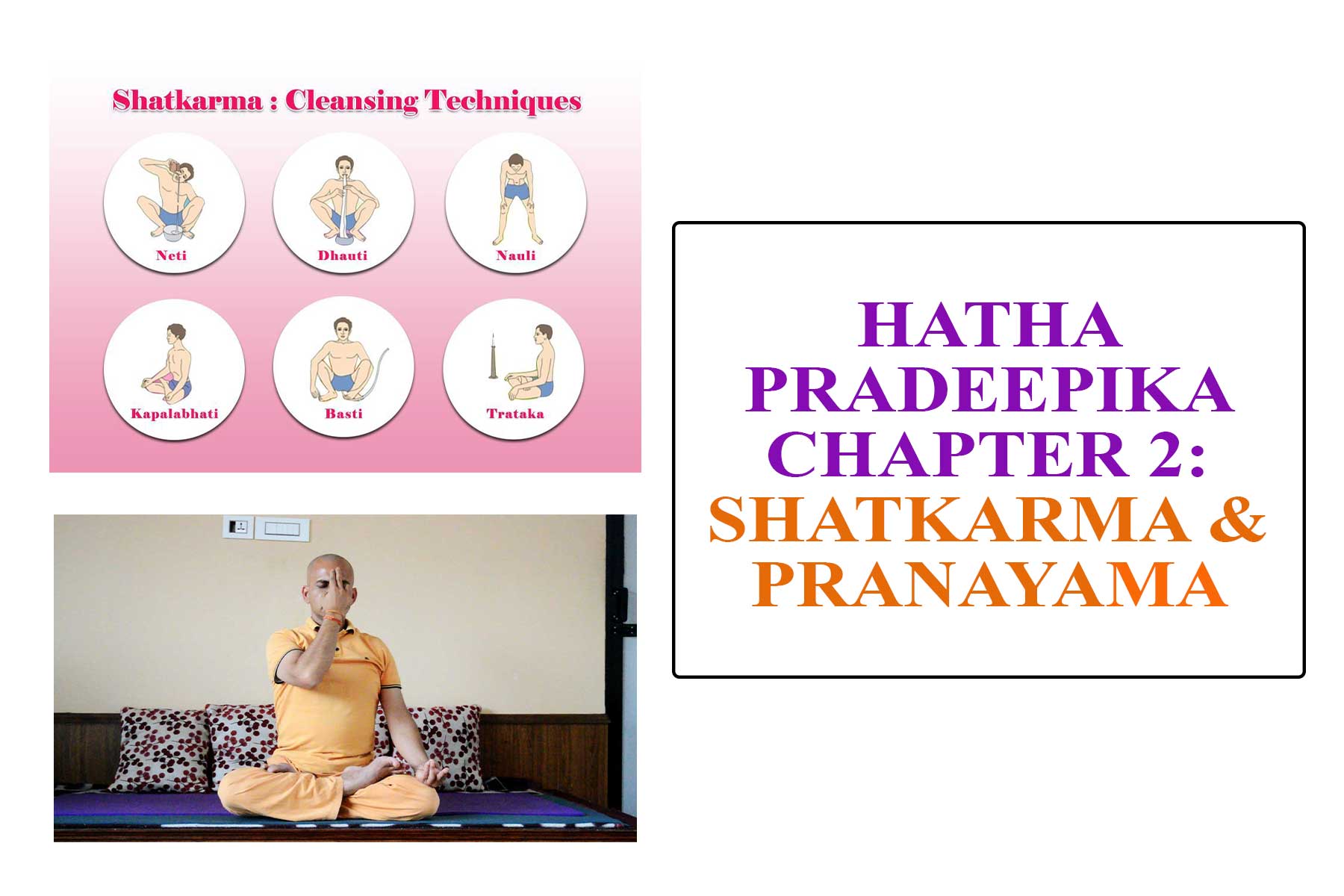
17 Jan 2021 HYN Himalayan Yoga Academy
Introduction
Instruction from a proper Guru is of paramount importance to the practice of Pranayama. Shatkarma (Svatmarama) explains how disturbance in the mind may be related to disturbances in the breath and how learning to restrain the latter may bring about greater steadiness of the mind. As long as the vital air (5 pranas) operates within the body, there is life. When they cease to, there is death. A restraint of the breath is therefore necessary to gain a greater experience of that which lies beyond and is free from the effect of the senses.
The practice of Pranayama is geared towards purifying the Nadis – all the nerve patterns – so that the Prana can ultimately pass through the Sushumna, the middle channel, and then awaken the practitioner to his/her true identity – which is beyond name and form. The first method listed is alternate nostril breathing. This is gradually supplemented with the practice of Kumbhakas (retentions), but caution is given so the practitioner does bring about his ruin:
“Yathaa sinho gajo vyaaghro Bhaved Vasyah shanaih shanaih !
Tathaiva sevito vayurnyathaa hanti saadhakam !!2.15!!
“Just as lions, elephants, and tigers are controlled by degrees, similarly the breath is to be controlled gradually, and otherwise it may kill the practitioner. By the proper practice of Pranayama, all disease is eradicated, but an improper practice gives rise to all sorts of disease.” (2.15-16)
Great care should therefore be taken when one engages in Pranayama practice. First and foremost a good grounding in the practice of postures is expected. To awaken the more subtle patterns of the breath Shatkarma (Svatmarama) optionally suggests that Six Karmas.
* be performed for the removal of phlegm, constipation, and the general sluggishness that cause disturbance to the mind and nervous system. These are:
“Dhautirvastistathaa Netistratakam Naulikam tathaa !
kapalabhaatishchaitaani shatakarmarmaani prachakshate !! 2.22
6 Karmas (Shat Karmas)
1. Dhauti
2. Basti
3. Neti
4. Trataka
5. Nauli
6. Kapalabhati
“Suryabhedanmujjaayee seetkaaree sheetalee tathaa !
Bhastrikaa Bhramari moorchchhaa plaavineetyashtakumbhakaah !! 2.44
*However, some Acharyas (teachers) claim Pranayama practice in itself is sufficient to cleanse the body of its impurities (2.37).
The main purpose of Pranayama is to:
1) rid the practitioner of the fear of death
2) to purify the Nadis
3) to cause the breath to enter the Sushumna.
The state of Manonmani – steadiness of mind – is then brought about. The accomplishment of this may be brought about by the practice of Retention (Khumbhakas). These Khumbhakas are to be practiced together with the 3 bandhas. Eight kinds of Khumbhaka are listed:
Khumbhakas:
1. Surya Bhedana
2. Ujjayi
3. Sitkari
4. Shitali
5. Bhastrika
6. Bhramari
7. Murcha
8. Plavini.
The highest essence of Pranayama practice is known as Kevala Kumbhaka: a complete and spontaneous cessation of breath where no effort of inhalation or exhalation is needed. This is only mastered by the most capable yogis and gives a direct experience of Raja Yoga.
In this chapter, we are also reminded that Hatha Yoga and Raja Yoga are mutually dependent on each other in order to bring about the highest result. No success can be attained in either without the proper practice of both.
